Home>Garden Essentials>When To Sow Impatiens Seeds
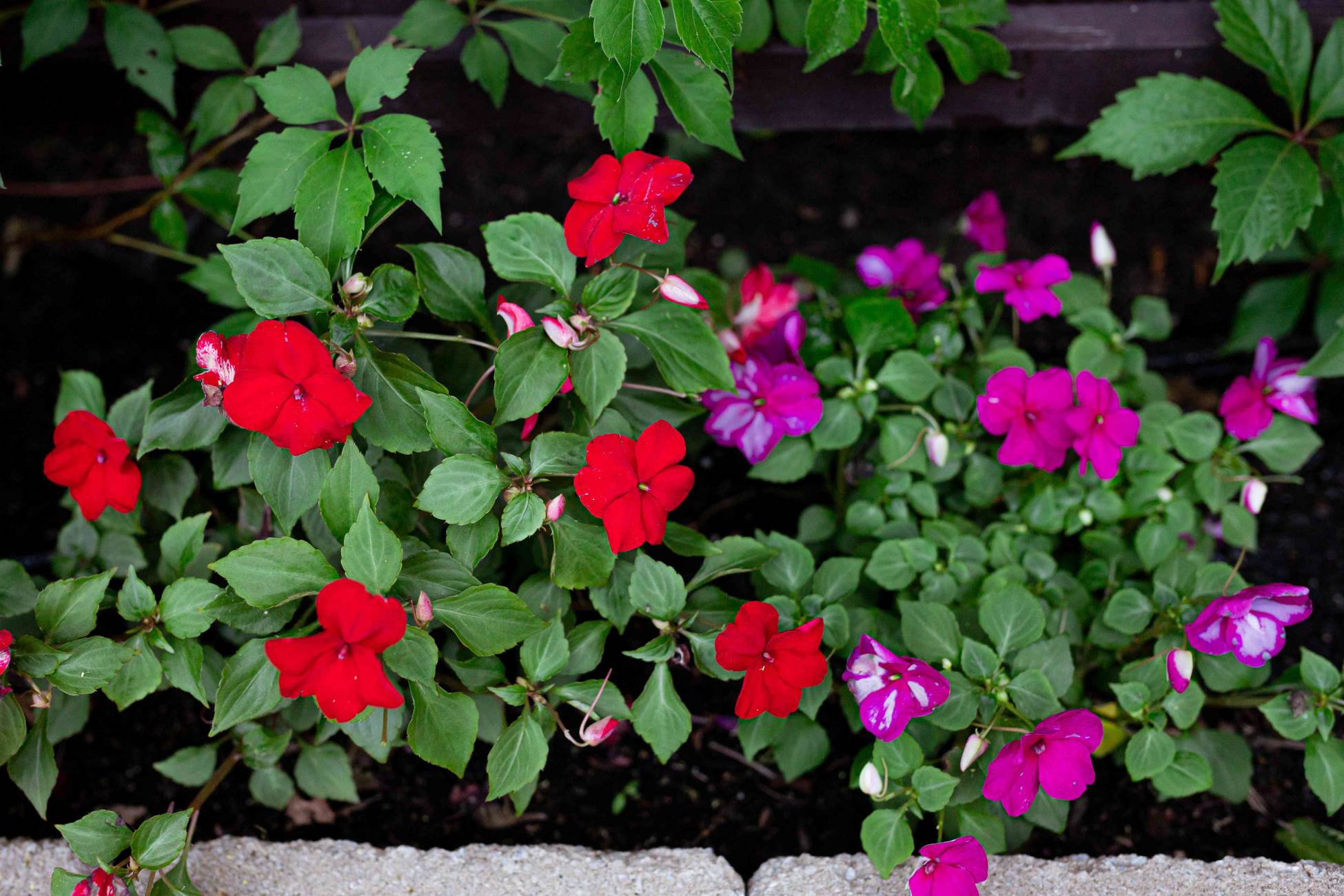

Garden Essentials
When To Sow Impatiens Seeds
Modified: March 16, 2024
Discover the ideal time to sow impatiens seeds in your garden. Plan your planting schedule and ensure a blooming garden with vibrant impatiens flowers.
(Many of the links in this article redirect to a specific reviewed product. Your purchase of these products through affiliate links helps to generate commission for Storables.com, at no extra cost. Learn more)
Introduction
Welcome to the world of gardening, where the beauty and serenity of nature come alive in our very own backyard. If you are a gardening enthusiast or someone who loves to add vibrant colors to your outdoor space, then impatiens are the perfect choice for you. Among the various ways to propagate impatiens, sowing impatiens seeds is an affordable and rewarding option.
Impatiens, also known as busy Lizzies, are annual flowers that are cherished for their vibrant blossoms and lush foliage. They come in a wide range of colors, including shades of pink, red, orange, purple, and white, making them a versatile choice to brighten up any garden or landscape. Whether you have a small balcony, a spacious garden, or even a hanging basket, impatiens can be adapted to thrive in different environments.
Before diving into the details of when to sow impatiens seeds, it is essential to understand the nature of these seeds and the factors to consider before sowing. This knowledge will help ensure successful germination and optimal growth of your impatiens plants.
Key Takeaways:
- Sowing impatiens seeds requires warm temperatures, well-drained soil, and partial shade. Whether indoors or outdoors, proper care leads to vibrant, colorful blooms in your garden.
- To ensure healthy impatiens plants, monitor for pests, provide proper watering and fertilization, and address common issues like fungal diseases and wilting. Enjoy the beauty of nature in your garden!
Read more: When To Sow Lupine Seeds
Understanding Impatiens Seeds
To effectively sow impatiens seeds, it is crucial to have a good understanding of their characteristics. Impatiens seeds are small, typically around the size of a pinhead. They are dark brown or black in color and have a hard outer coating.
Impatiens seeds have a high germination rate, making them relatively easy to grow from seed. However, it is important to note that impatiens seeds have a short viability period. This means that their ability to germinate decreases with time. It is recommended to use fresh impatiens seeds for the best results.
Impatiens seeds require moisture, warmth, and suitable soil conditions to germinate successfully. They also prefer a well-drained soil that retains moisture without becoming waterlogged. Additionally, impatiens seeds thrive in partial shade or dappled sunlight, although they can tolerate some direct sunlight in cooler climates.
It is worth mentioning that there are different varieties of impatiens, such as walleriana, balsamina, and hawkeri. Each variety may have slightly different growth habits and growing requirements. Therefore, it is essential to read the specific instructions provided with the impatiens seed packet or consult local gardening resources for variety-specific guidelines.
Now that we have a basic understanding of impatiens seeds, let’s explore the factors to consider before sowing them to ensure optimal growth and blooming of these beautiful flowers.
Factors to Consider Before Sowing Impatiens Seeds
Before sowing impatiens seeds, it is important to take certain factors into consideration to ensure the success of your gardening endeavors. By understanding and addressing these factors, you can create an environment in which impatiens seeds can thrive and grow into healthy, vibrant plants.
1. Temperature and Climate: Impatiens are tropical and subtropical plants that prefer warm temperatures. The ideal temperature range for germinating impatiens seeds is between 70-85°F (21-29°C). It is essential to wait until the threat of frost has passed and the soil temperature has warmed up before sowing the seeds.
2. Light Requirements: While impatiens seeds can tolerate some direct sunlight, they thrive best in partial shade or dappled sunlight. Too much direct sunlight can cause the plants to wilt or their colors to fade. Assess the lighting conditions in your garden or chosen planting area to ensure it meets the needs of impatiens.
3. Soil Quality: Impatiens prefer a rich, well-draining soil that retains moisture without becoming waterlogged. Amend the soil with organic matter, such as compost or well-rotted manure, to improve its fertility and drainage. Conduct a soil test to check the pH level, aiming for slightly acidic to neutral soil between 6.0-7.0.
4. Watering: Consistent and adequate watering is crucial for the successful growth of impatiens. These plants prefer moist soil, so be sure to water them regularly, particularly during dry periods. Avoid overwatering, as this can lead to root rot and other issues.
5. Planting Location: Choose a suitable location for planting, considering factors such as shade, protection from strong winds, and proximity to other plants. Impatiens can be planted in garden beds, borders, containers, or hanging baskets, depending on the available space and your gardening preferences.
6. Pest and Disease Control: Take preventive measures to protect impatiens from common pests and diseases, such as aphids, spider mites, and fungal infections. Regularly inspect the plants, remove any infested or diseased foliage, and consider using organic pest control methods if necessary.
By taking these factors into account and making the necessary preparations, you can lay the foundation for successful impatiens seed sowing and ensure the healthy growth and vibrant bloom of these wonderful flowers.
Optimal Time for Sowing Impatiens Seeds
Timing is crucial when it comes to sowing impatiens seeds. The optimal time for sowing impatiens seeds will vary depending on your location and the specific variety of impatiens you are growing. Understanding the ideal timing for sowing will help ensure the best possible germination and growth of your impatiens plants.
In general, impatiens seeds should be sown when the weather is consistently warm and there is no longer a risk of frost. Impatiens are highly sensitive to cold temperatures, so it is important to wait until the soil has warmed up and the last frost has passed. Most gardeners prefer to sow impatiens seeds in the spring, once the temperature reaches a stable range of around 55-70°F (13-21°C).
If you live in a region with a shorter growing season, you can begin sowing impatiens seeds indoors 8-10 weeks before the last expected frost date. This will give the seeds ample time to germinate and grow into sturdy seedlings that can be transplanted outdoors once the weather is suitable.
On the other hand, if you reside in a region with a milder climate and a longer growing season, you may have more flexibility in sowing impatiens seeds. In such cases, you can sow the seeds directly outdoors once the soil temperature is consistently warm and there is no risk of frost.
It’s important to note that different varieties of impatiens may have slightly different timing requirements. Some varieties, such as the New Guinea impatiens (Impatiens hawkeri), may require slightly warmer temperatures to thrive. Be sure to check the specific instructions provided with the impatiens seed packet or consult local gardening resources for variety-specific guidelines.
By sowing impatiens seeds at the optimal time, you give the plants the best chance to establish themselves and produce abundant blooms throughout the growing season. Remember to consider your local climate, frost dates, and the specific requirements of your impatiens variety when determining the optimal time for sowing.
Preparing the Soil for Sowing Impatiens Seeds
Proper soil preparation is essential for the successful germination and growth of impatiens seeds. By creating an optimal growing environment, you can ensure that your impatiens plants receive the necessary nutrients and conditions to thrive. Here are some steps to follow when preparing the soil for sowing impatiens seeds:
1. Clear the Area: Start by clearing the planting area of any weeds, rocks, or debris. Remove any existing plants or grass to create a clean space for your impatiens seeds to grow.
2. Loosen the Soil: Use a garden fork or a tiller to loosen the soil to a depth of about 6-8 inches (15-20 cm). This will improve the soil’s drainage and give the young impatiens roots room to grow.
3. Amend the Soil: Add organic matter, such as compost or well-rotted manure, to enrich the soil and improve its fertility. Organic matter helps retain moisture while providing essential nutrients for the impatiens plants.
4. Test the Soil: Conduct a soil test to check the pH level and nutrient content of your soil. Impatiens prefer slightly acidic to neutral soil with a pH range of 6.0-7.0. If the soil is too acidic or alkaline, you can adjust it by adding amendments such as lime or sulfur.
5. Provide Drainage: Ensure that the soil has good drainage to prevent waterlogging, which can cause root rot and other issues. If needed, amend the soil with materials like perlite or coarse sand to improve drainage.
6. Level the Soil: Rake the soil to level it and create a smooth surface for sowing the impatiens seeds. This will help provide an even distribution of water and nutrients to the growing plants.
7. Water the Soil: Before sowing the impatiens seeds, thoroughly water the prepared soil to ensure it is moist but not saturated. This will create a favorable environment for seed germination.
By following these steps and properly preparing the soil, you can provide your impatiens seeds with the best possible start. The enriched and well-drained soil will supply the necessary nutrients and moisture, promoting strong root development and healthy growth of your impatiens plants.
Sow impatiens seeds indoors 8-10 weeks before the last frost date, or directly outdoors after the danger of frost has passed. Keep the soil consistently moist for best germination.
Read more: When To Sow Kale Seeds
Sowing Impatiens Seeds Indoors
Sowing impatiens seeds indoors is a great option for gardeners who want to get a head start on the growing season or have limited outdoor space. By starting the seeds indoors, you can provide them with a controlled environment that promotes germination and early growth. Here are the steps to successfully sow impatiens seeds indoors:
1. Select the Right Containers: Choose containers that have drainage holes to prevent waterlogging. Seed trays, peat pots, or cell packs are all suitable options. Make sure the containers are clean and have been sterilized to minimize the risk of disease or pests.
2. Prepare the Seed-Starting Mix: Use a high-quality seed-starting mix or a combination of peat moss, vermiculite, and perlite. This type of mix provides good aeration and moisture retention, which are essential for germination.
3. Moisten the Seed-Starting Mix: Before filling the containers with the seed-starting mix, moisten it lightly. Ensure it is evenly moist but not waterlogged. Excess moisture can lead to fungal growth and disease.
4. Sow the Seeds: Place 2-3 impatiens seeds in each container, pressing them lightly into the soil. Cover the seeds with a thin layer of seed-starting mix or vermiculite. The covering should be no more than 1/8 inch deep.
5. Provide Warmth and Moisture: Place the containers in a warm location with temperatures around 70-75°F (21-24°C). Cover the containers with a plastic wrap or a clear plastic dome to create a mini greenhouse effect that retains moisture. Mist the soil lightly with water whenever it appears dry.
6. Ensure Proper Lighting: Impatiens seeds require light to germinate, but they do not need direct sunlight at this stage. Place the containers in a bright area that receives indirect sunlight or use fluorescent lights to provide 12-16 hours of light per day.
7. Monitor and Care for the Seedlings: Keep a close eye on the containers and watch for germination, which usually occurs within 7-14 days. Once the seedlings emerge, remove the plastic covering and move the containers to a location with bright, indirect light.
8. Thin and Transplant: When the seedlings have developed their first true leaves, thin them out by removing the weaker ones, leaving one strong seedling per container. Transplant the seedlings to individual containers or cell packs filled with potting soil once they have outgrown their initial containers.
By following these steps and providing the proper care, you can successfully sow impatiens seeds indoors and enjoy healthy, robust seedlings ready for transplanting outdoors when the weather is suitable.
Sowing Impatiens Seeds Outdoors
If you prefer to sow impatiens seeds directly outdoors, it’s important to choose the right time and create suitable conditions for germination and growth. Sowing impatiens seeds outdoors can be a convenient and straightforward method, especially if you have a suitable planting area with the necessary light and soil conditions. Here are the steps to successfully sow impatiens seeds outdoors:
1. Choose the Right Location: Select a location that receives partial shade or dappled sunlight. Impatiens thrive in these conditions and can tolerate some direct sunlight in cooler climates. Ensure that the area has well-drained soil and is protected from strong winds.
2. Prepare the Soil: Clear the planting area of any weeds, rocks, or debris. Loosen the soil to a depth of 6-8 inches (15-20 cm) using a garden fork or tiller. Remove any large clumps and break up the soil to create a fine, crumbly texture.
3. Add Organic Matter: Mix organic matter, such as compost or well-rotted manure, into the soil to improve its fertility and drainage. This will provide necessary nutrients and moisture retention for the impatiens plants.
4. Sow the Seeds: Scatter impatiens seeds evenly over the prepared soil. Aim to sow them thinly, ensuring that the seeds are spread out and not overcrowded. Lightly press the seeds into the soil to ensure good seed-to-soil contact.
5. Cover and Water: Once you have sown the seeds, cover them with a thin layer of soil, approximately 1/8 inch deep. Gently water the area using a gentle mist or a watering can with a fine rose attachment. Avoid using a heavy stream of water that could displace the seeds.
6. Maintain Moisture: Keep the soil consistently moist but not waterlogged during the germination period. Water the area regularly, especially during dry periods, to ensure that the seeds receive adequate moisture for germination and early growth.
7. Provide Care and Maintenance: As the seedlings emerge and begin to grow, keep an eye out for weeds and remove them promptly. Thin out the seedlings if they become overcrowded, leaving the strongest and healthiest plants with sufficient space to mature.
By following these steps and providing the necessary care, you can sow impatiens seeds outdoors and enjoy the beauty of these vibrant flowers in your garden. With proper watering, sunlight, and maintenance, the impatiens seeds will germinate and grow into beautiful plants that will bring color and joy to your outdoor space.
Caring for Impatiens Seedlings
Once the impatiens seedlings have emerged and have been transplanted, it is important to provide proper care to ensure their healthy growth and development. By following these guidelines, you can help your impatiens seedlings thrive and prepare them for a flourishing blooming season:
1. Watering: Keep the soil consistently moist, but avoid overwatering. Impatiens prefer evenly moist soil, so water them whenever the top inch of soil feels dry. Avoid watering the foliage, as wet leaves can invite fungal diseases. Instead, water at the base of the plants to deliver moisture directly to the roots.
2. Fertilizing: Feed your impatiens seedlings every 2-3 weeks with a balanced, water-soluble fertilizer. Look for a fertilizer specifically formulated for flowering plants. Follow the instructions on the fertilizer package for application rates and timings. This will provide the necessary nutrients for healthy growth and abundant blooms.
3. Pruning: Regularly pinch or trim back the tip of the impatiens seedlings to encourage bushier growth and more flower buds. This will help the plants develop a fuller and more compact form. Use clean, sharp pruners or scissors to make clean cuts just above a node or a set of leaves.
4. Mulching: Apply a layer of organic mulch around the base of your impatiens plants to help conserve moisture, suppress weeds, and regulate the soil temperature. Use materials such as shredded bark, straw, or compost. Apply the mulch in a thin layer, taking care not to mound it directly against the stems.
5. Pest and Disease Control: Monitor your impatiens seedlings regularly for any signs of pests or diseases. Common pests that may affect impatiens include aphids, slugs, and spider mites. If you notice any pest infestations, promptly take appropriate and safe measures to control them. Additionally, ensure good air circulation and avoid overhead watering to minimize the risk of fungal diseases.
6. Provide Shade: If your impatiens seedlings are exposed to excessive heat or intense sunlight, provide some shade during the hottest part of the day. This can be achieved by placing them under a shade cloth, in a dappled shade area, or by using an umbrella or other shade-providing structures.
7. Regular Inspection: Inspect your impatiens seedlings regularly for any signs of stress, nutritional deficiencies, or damage. Address any issues promptly to prevent further damage and promote healthy growth.
By implementing these care practices, you can nurture your impatiens seedlings into strong and vibrant plants that will reward you with a stunning display of colorful blooms. Remember to monitor their progress, adjust care as needed, and take pride in the beauty you have cultivated with your own hands.
Common Issues and Troubleshooting
While impatiens are generally easy to grow, they can face a few common issues and challenges. By being aware of these problems and knowing how to troubleshoot them, you can ensure the health and vitality of your impatiens plants. Here are some common issues you may encounter and ways to address them:
1. Fungal Diseases: Impatiens are susceptible to fungal diseases such as downy mildew and powdery mildew. To prevent these diseases, provide good air circulation by spacing the plants properly and avoiding overhead watering. If you notice signs of fungal infection, remove and destroy affected plant parts and consider using fungicides labeled for impatiens.
2. Pest Infestations: Common pests like aphids, spider mites, and slugs can damage impatiens plants. To control aphids and spider mites, gently spray the plants with a strong stream of water to dislodge the pests. Consider using organic insecticidal soaps or neem oil if the infestation persists. For slugs, use slug traps or diatomaceous earth to deter and control their presence.
3. Overwatering: Excessive moisture can lead to root rot and other issues. Avoid overwatering your impatiens plants by allowing the top inch of soil to dry out slightly before watering again. Ensure proper drainage in the planting area, and be cautious not to water the plants too heavily or too frequently.
4. Wilting: If your impatiens plants are wilting despite adequate moisture, it could be a sign of root rot or underwatering. Check the root system for signs of damage or decay. Adjust your watering routine accordingly, making sure to provide adequate moisture without waterlogging the soil.
5. Yellowing Leaves: Yellowing leaves can indicate nutrient deficiencies, overwatering, or pest infestations. Assess the growing conditions and adjust fertilization and watering practices accordingly. Address any pest problems promptly. If nutrient deficiencies are suspected, feed the plants with a balanced fertilizer formulated for flowering plants.
6. Limited Blooming: If your impatiens plants are not producing as many blooms as expected, ensure they are receiving adequate sunlight and nutrients. Prune the plants regularly to encourage bushier growth and more flower buds. Avoid over-fertilization with nitrogen-rich fertilizers, as this can promote foliage growth at the expense of blooming.
7. Environmental Stress: Impatiens may experience stress in extreme heat or cold temperatures. Provide shade during intense sunlight or protect them from frost and freezing temperatures. Choosing the appropriate impatiens variety for your specific climate can also help mitigate environmental stress.
By being proactive and addressing these common issues, you can help your impatiens plants thrive and overcome any challenges they may face. Regular monitoring, timely care, and appropriate adjustments will ensure that your impatiens garden stays vibrant and healthy throughout the growing season.
Read more: When To Sow Echinacea Seeds
Conclusion
Congratulations! By now, you have become well-versed in the art of sowing and caring for impatiens seeds. These stunning flowers, with their vibrant colors and lush foliage, can bring life and beauty to any garden or outdoor space. By understanding the optimal time for sowing, preparing the soil, and providing proper care, you can enjoy a bountiful display of impatiens blooms.
Remember to consider factors such as temperature, light, soil quality, and watering needs when sowing impatiens seeds. Whether you choose to sow them indoors or outdoors, providing these ideal conditions will ensure successful germination and establishment of the seedlings.
Caring for impatiens seedlings involves careful attention to watering, fertilization, pruning, and pest control. By providing the right balance of moisture, nutrients, and light, you can help your impatiens plants thrive and produce an abundance of colorful flowers throughout the growing season.
Be aware of common issues that may arise, such as fungal diseases, pest infestations, overwatering, wilting, yellowing leaves, limited blooming, and environmental stress. By promptly addressing these issues and troubleshooting them, you can maintain the health and vitality of your impatiens plants.
Remember, gardening is a journey filled with learning experiences. It takes time and patience to master the art of sowing and caring for impatiens seeds. Enjoy the process, embrace the beauty of nature, and don’t be afraid to explore different varieties and techniques to make your impatiens garden uniquely yours.
So, gather your impatiens seeds, prepare your soil, and embark on the rewarding journey of growing these magnificent flowers. With proper care and attention, your impatiens garden will become a vibrant oasis of colors and a source of pride and joy for years to come. Happy sowing!
Frequently Asked Questions about When To Sow Impatiens Seeds
Was this page helpful?
At Storables.com, we guarantee accurate and reliable information. Our content, validated by Expert Board Contributors, is crafted following stringent Editorial Policies. We're committed to providing you with well-researched, expert-backed insights for all your informational needs.
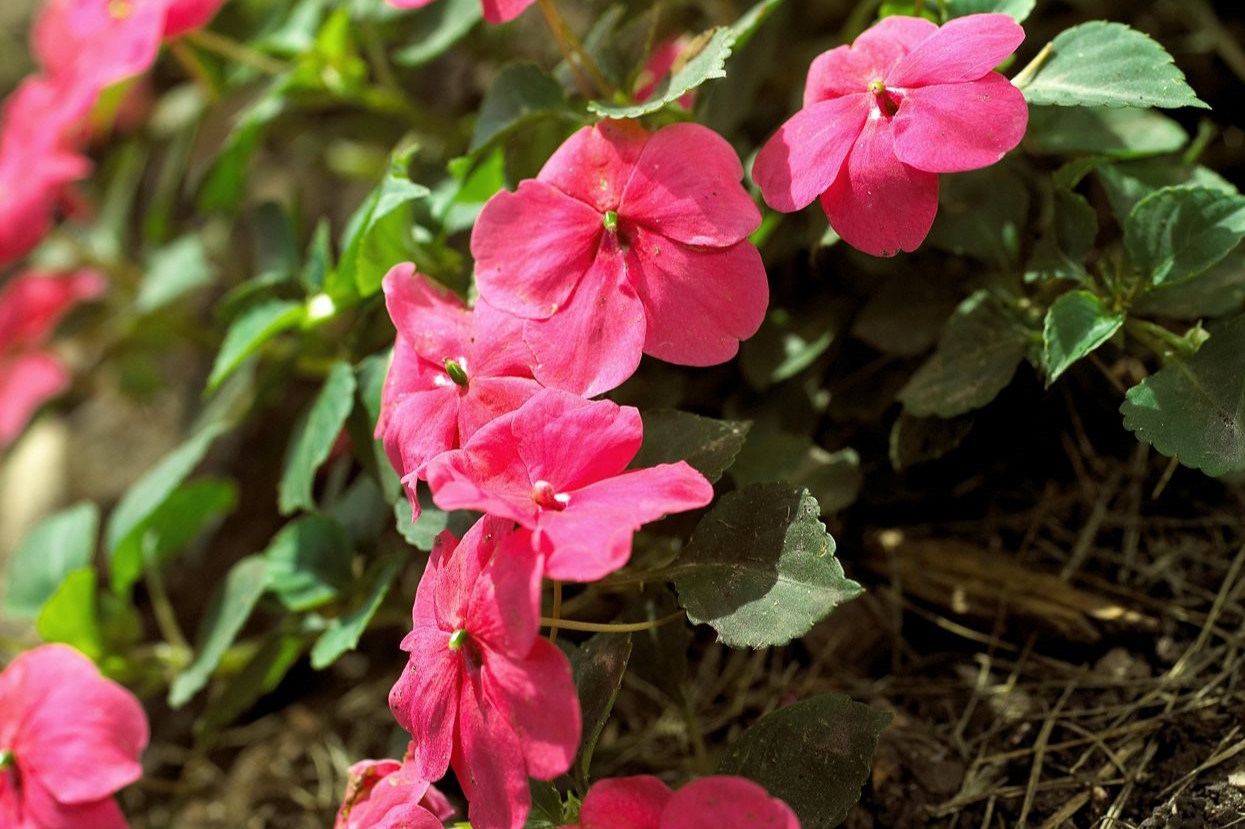
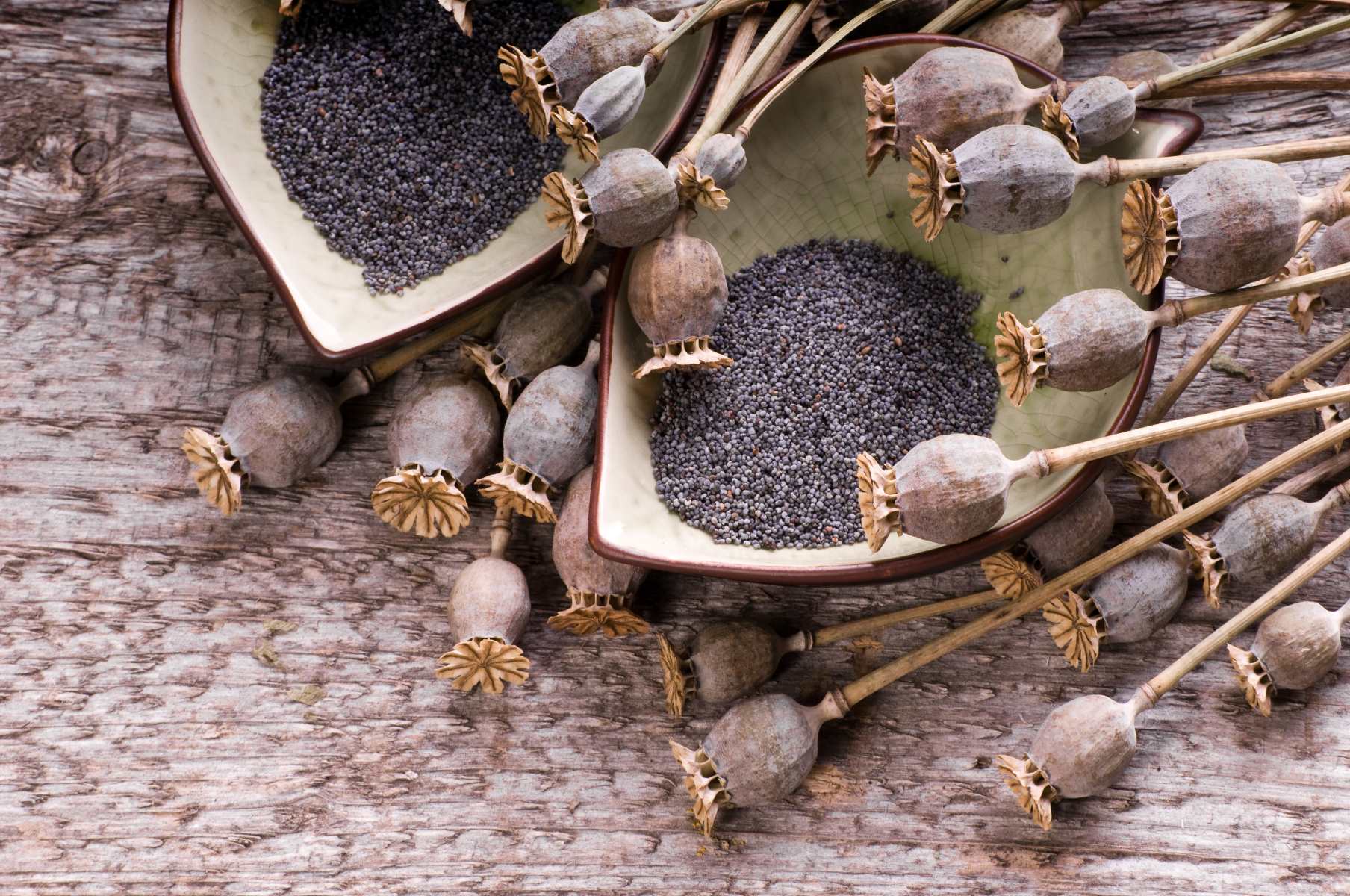
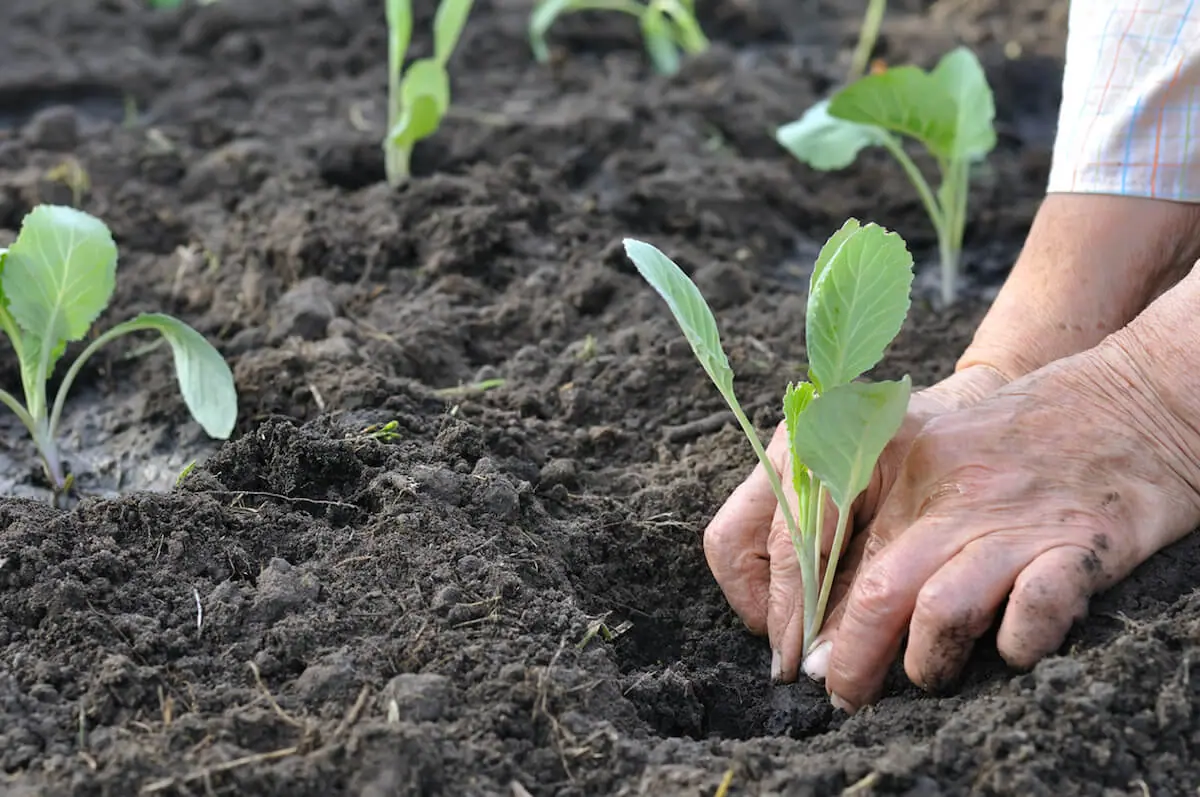
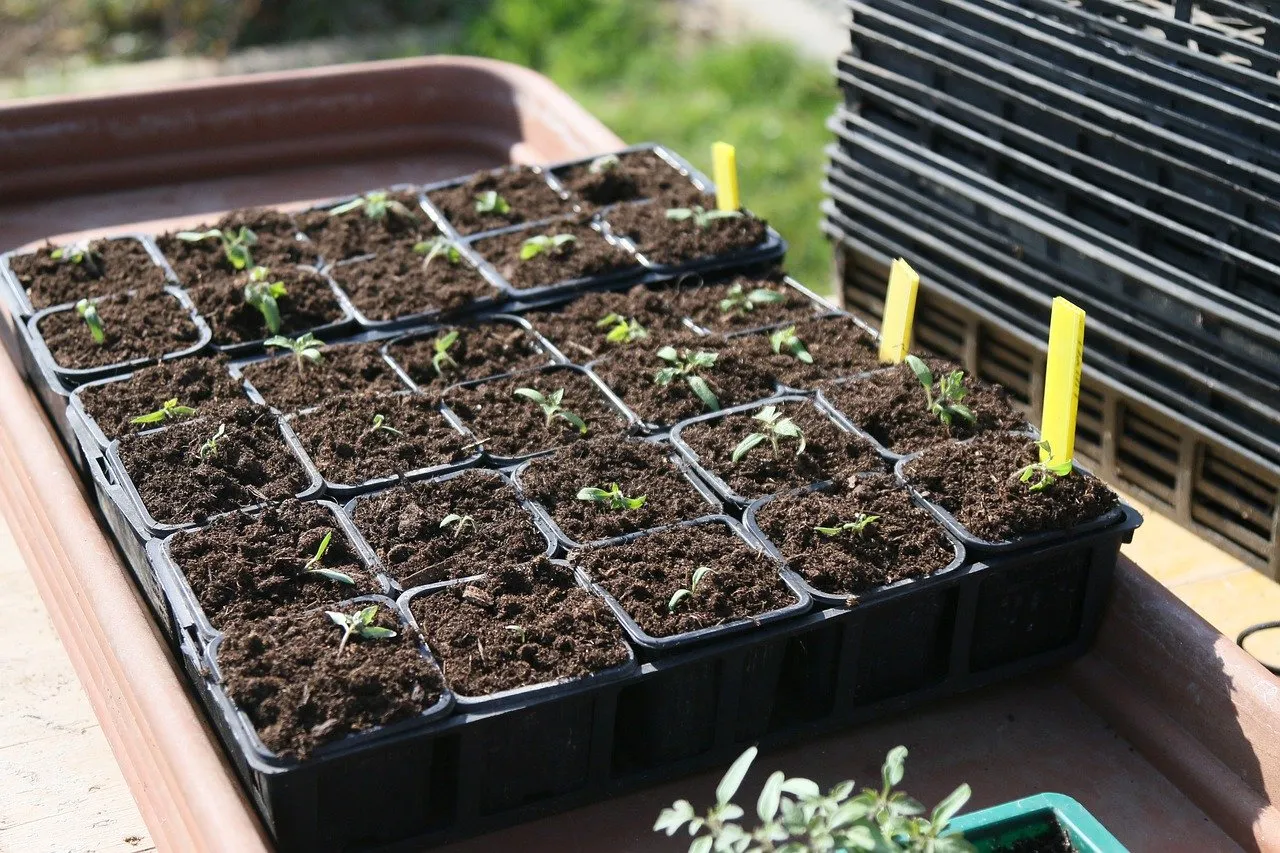
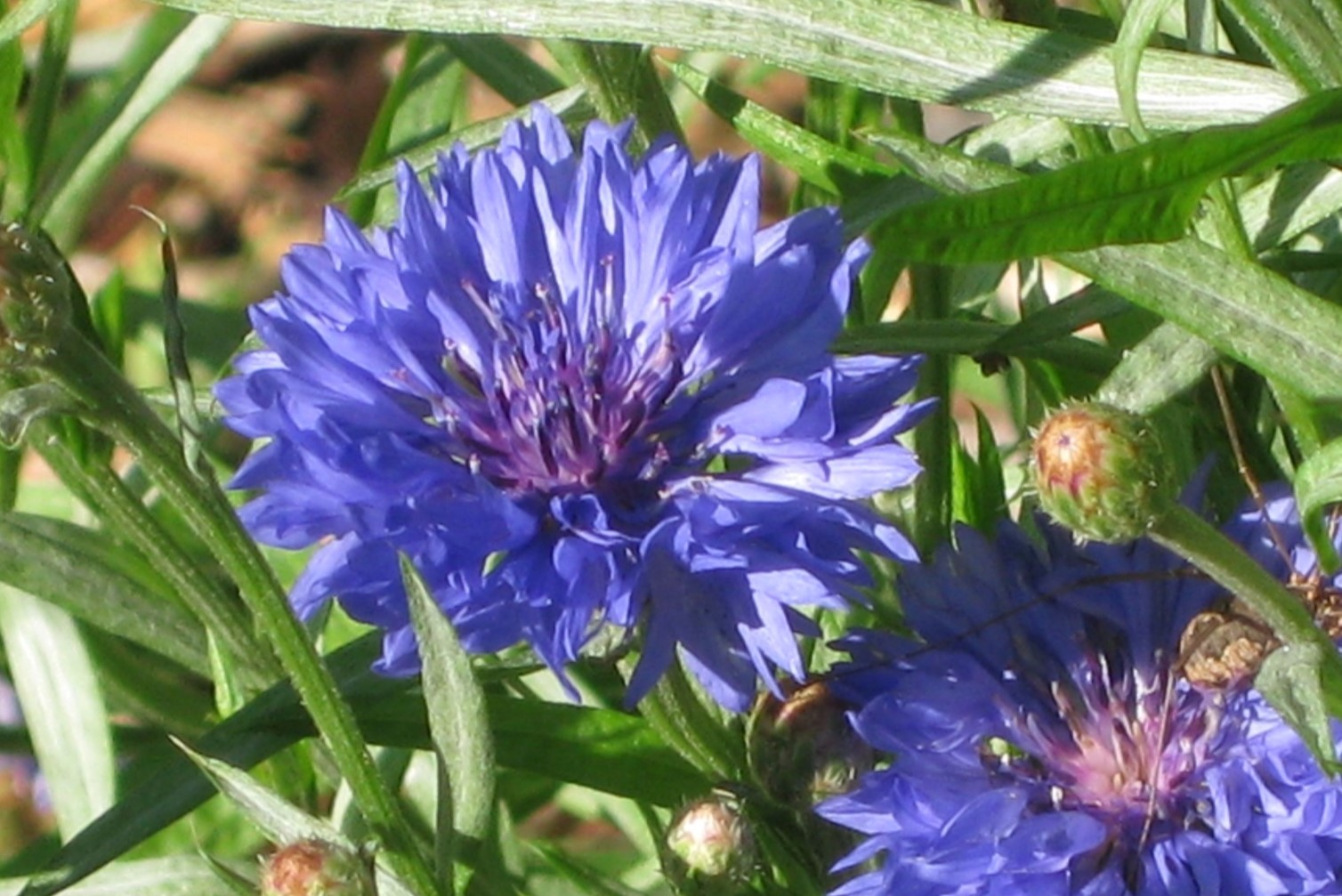
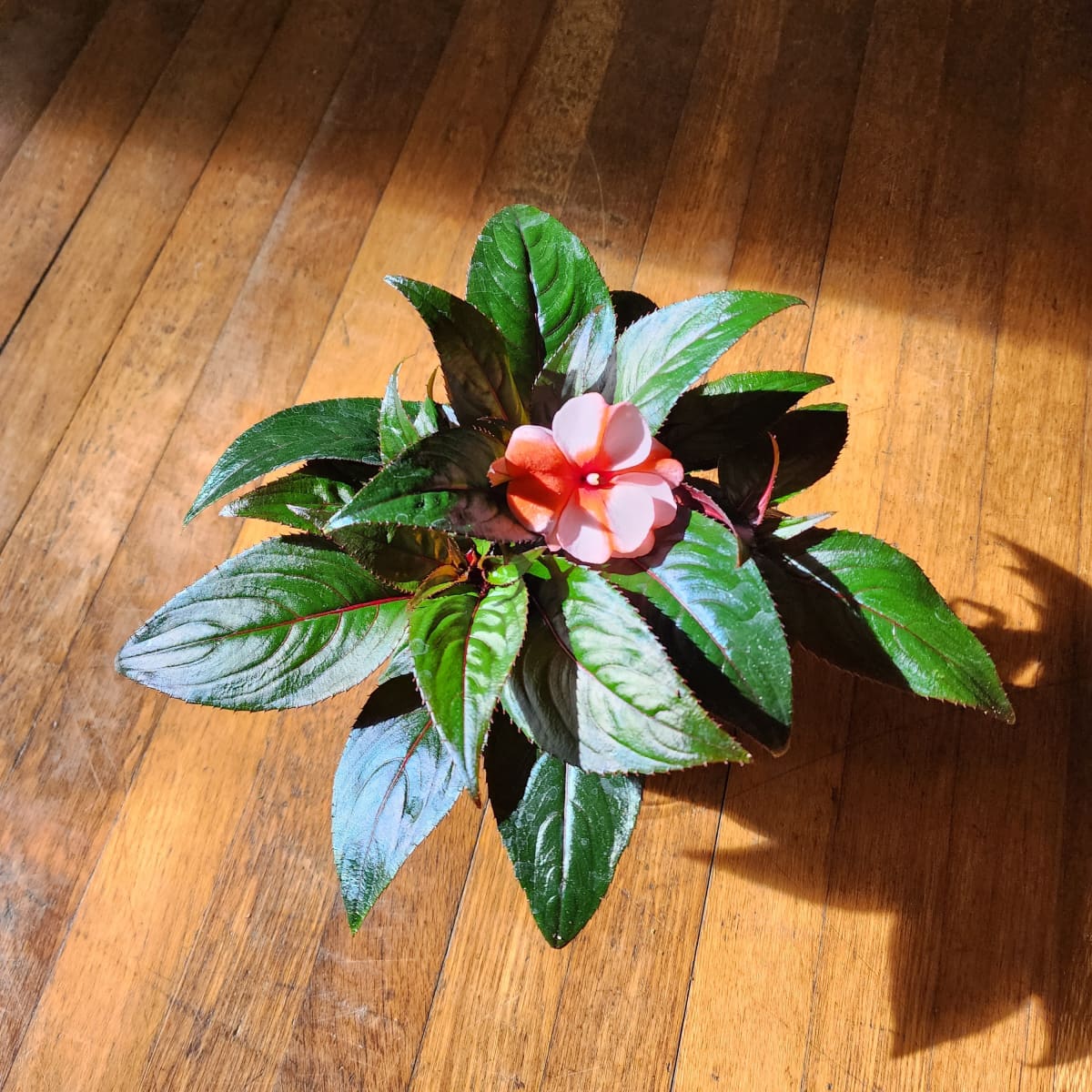
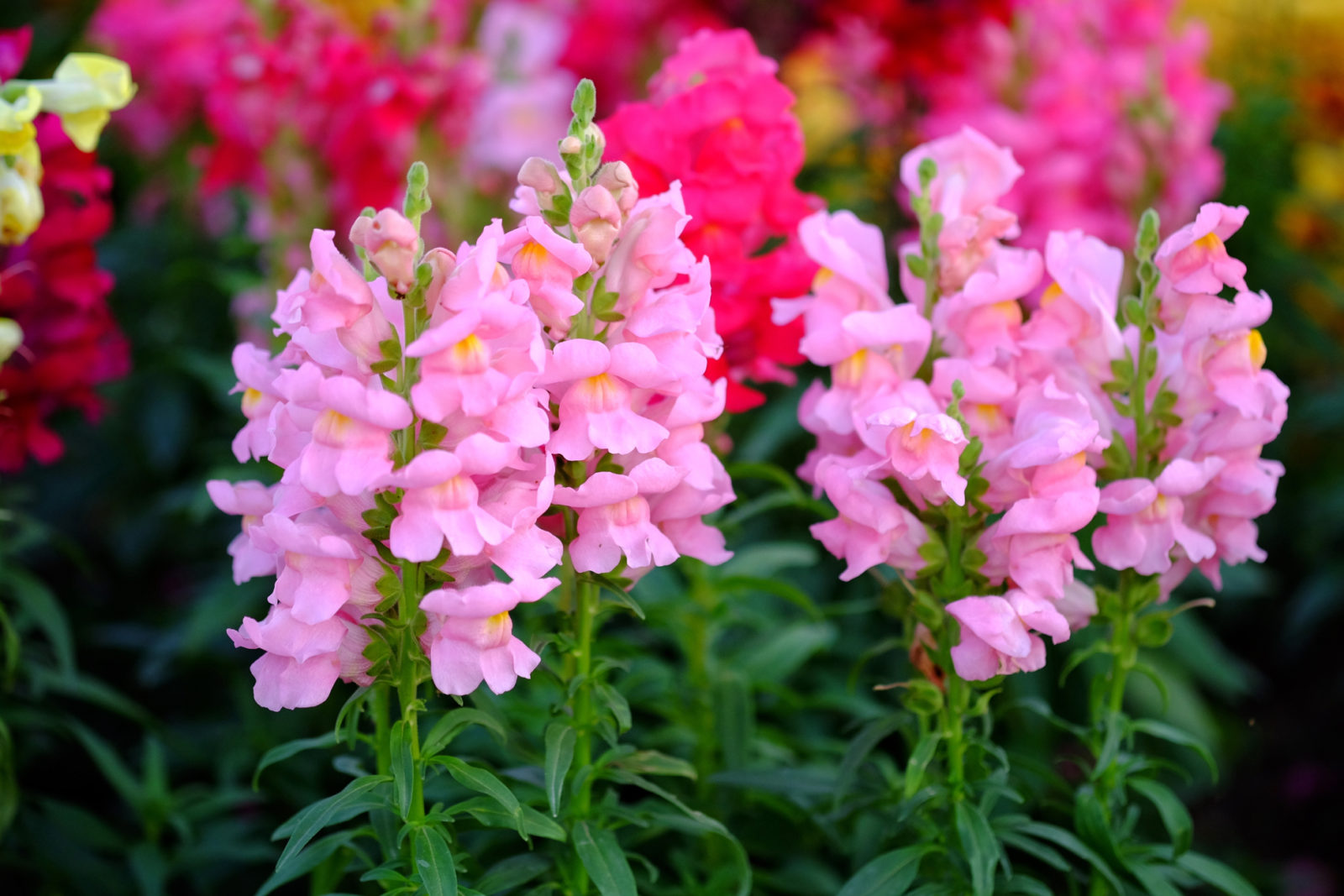
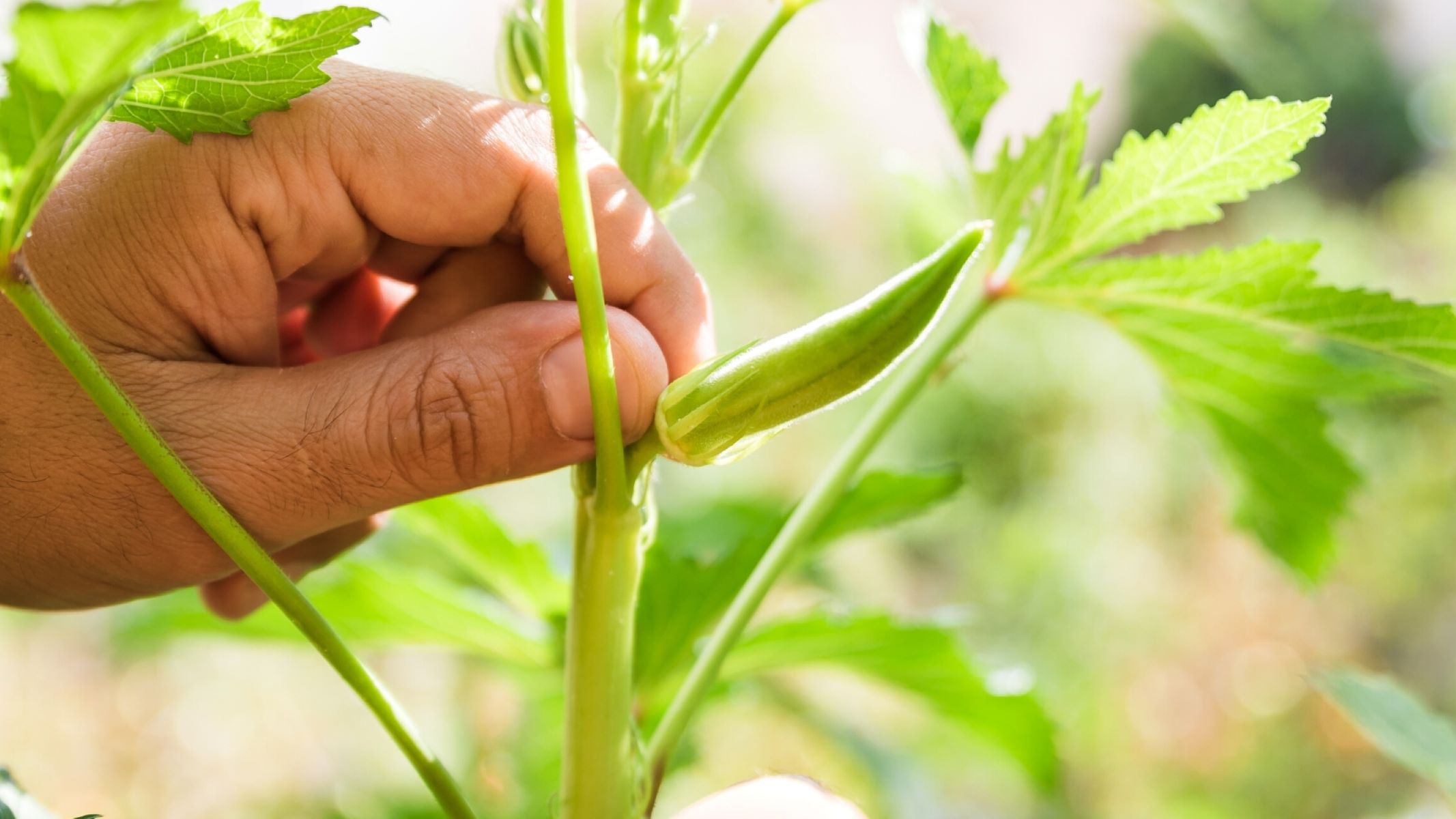
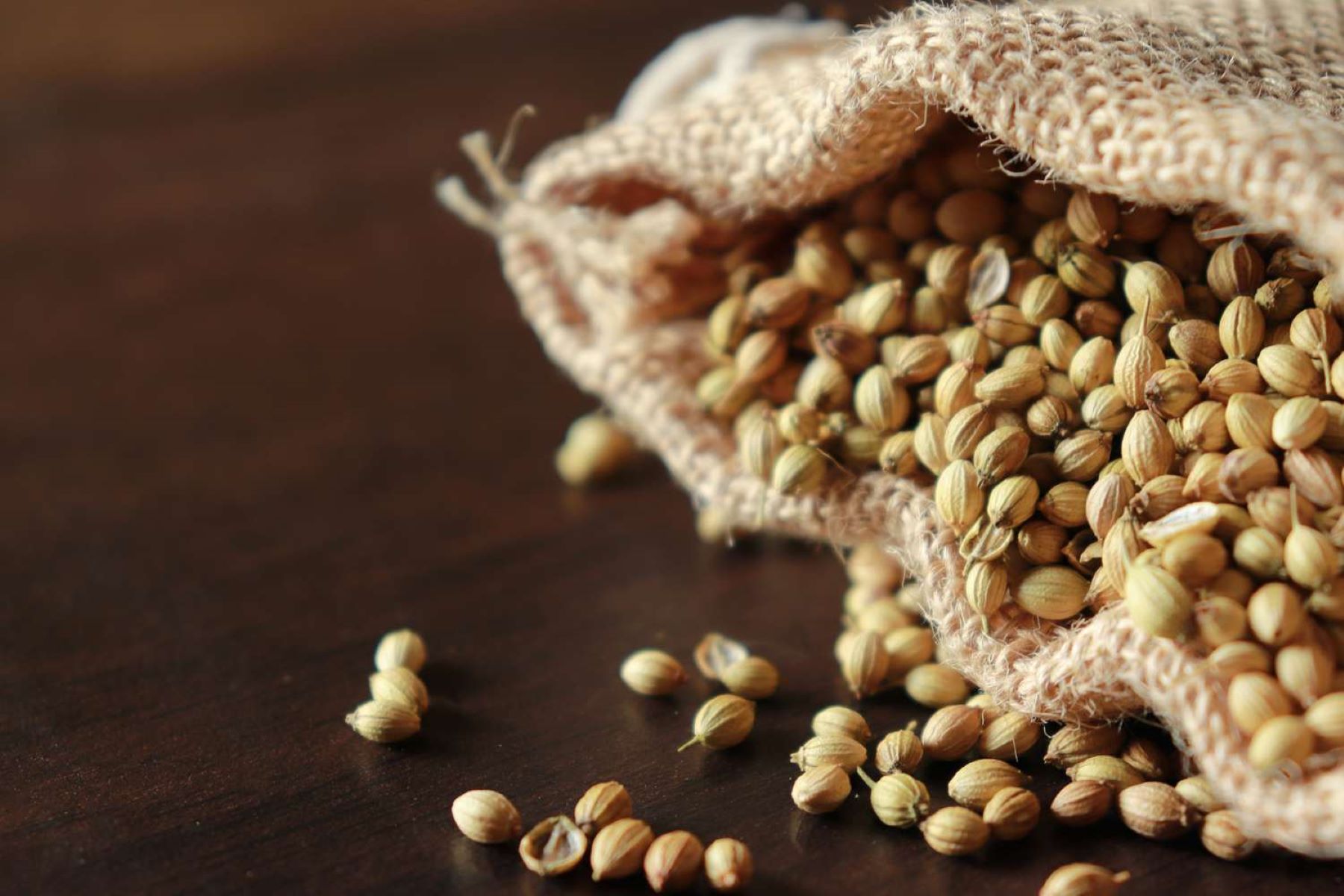
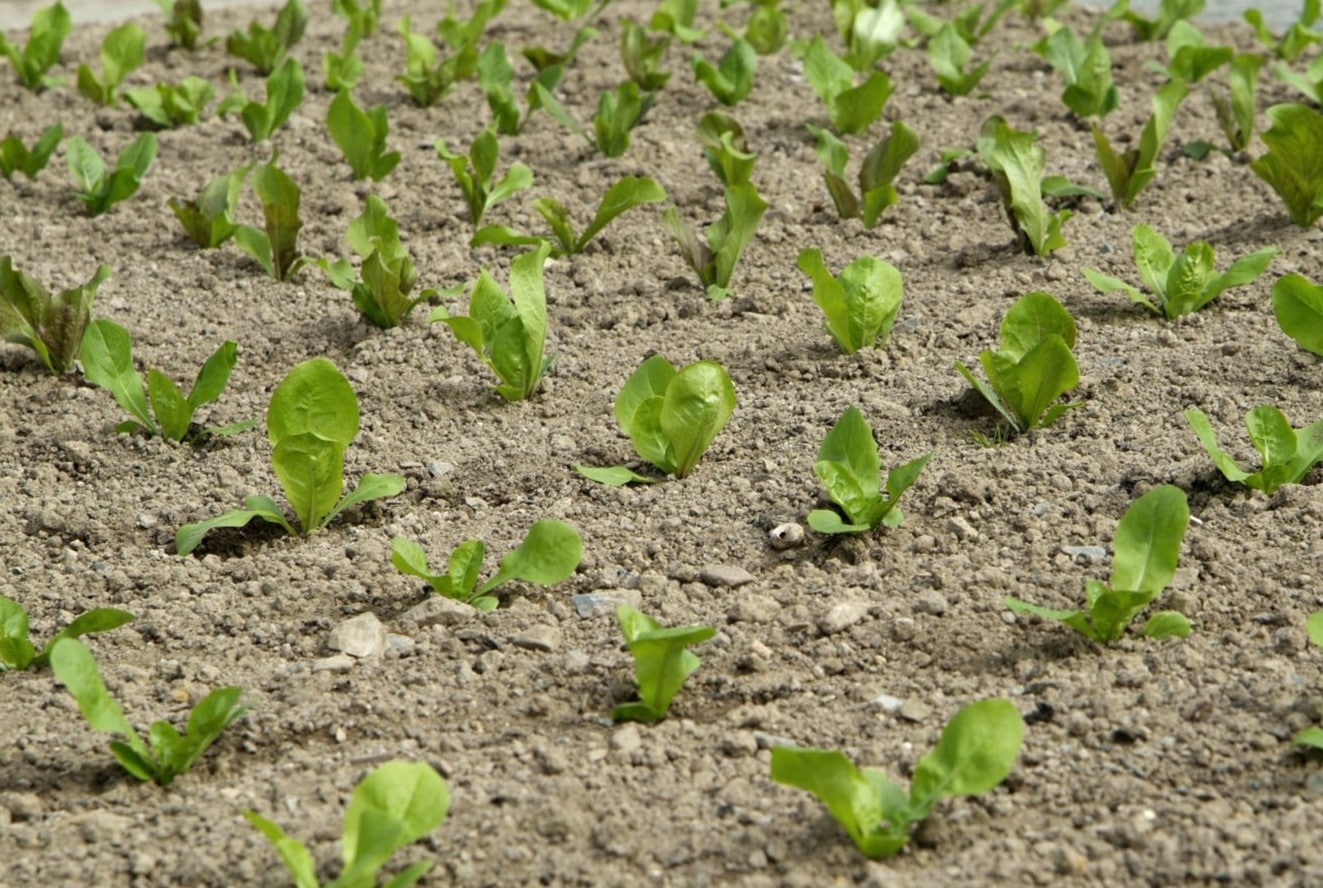
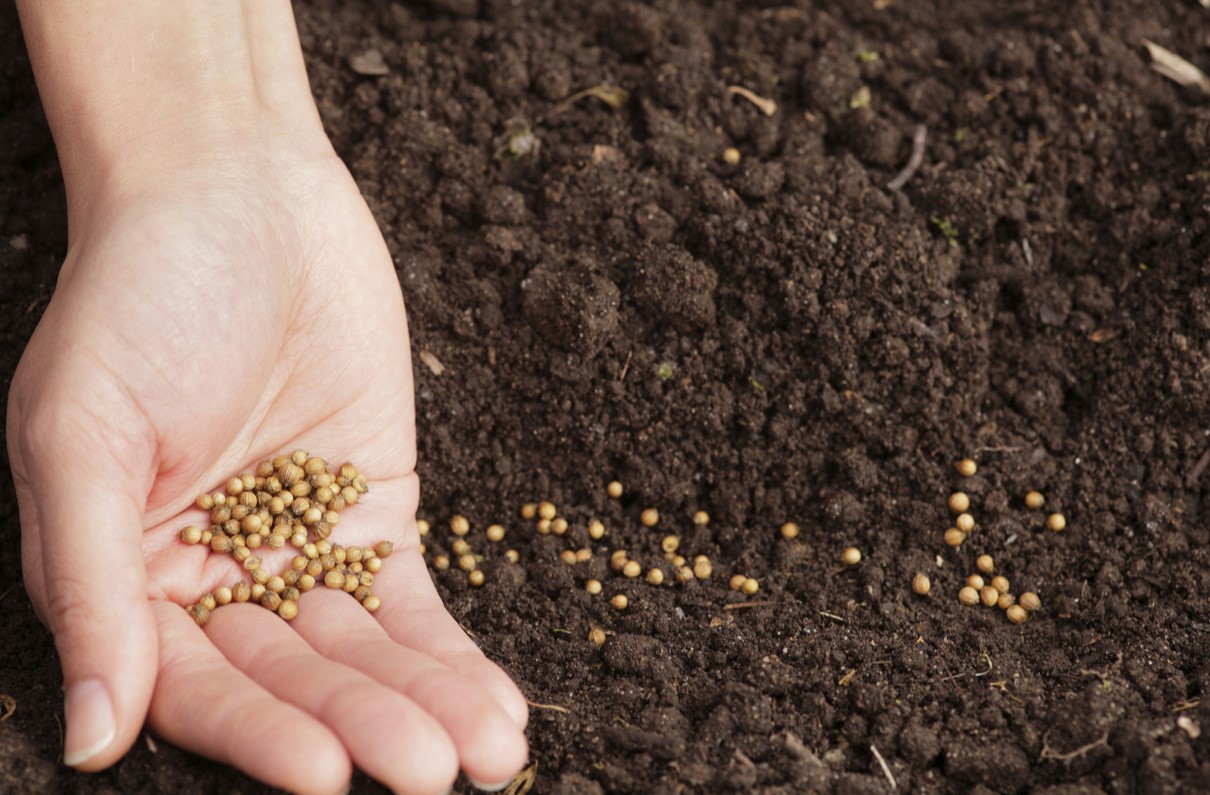
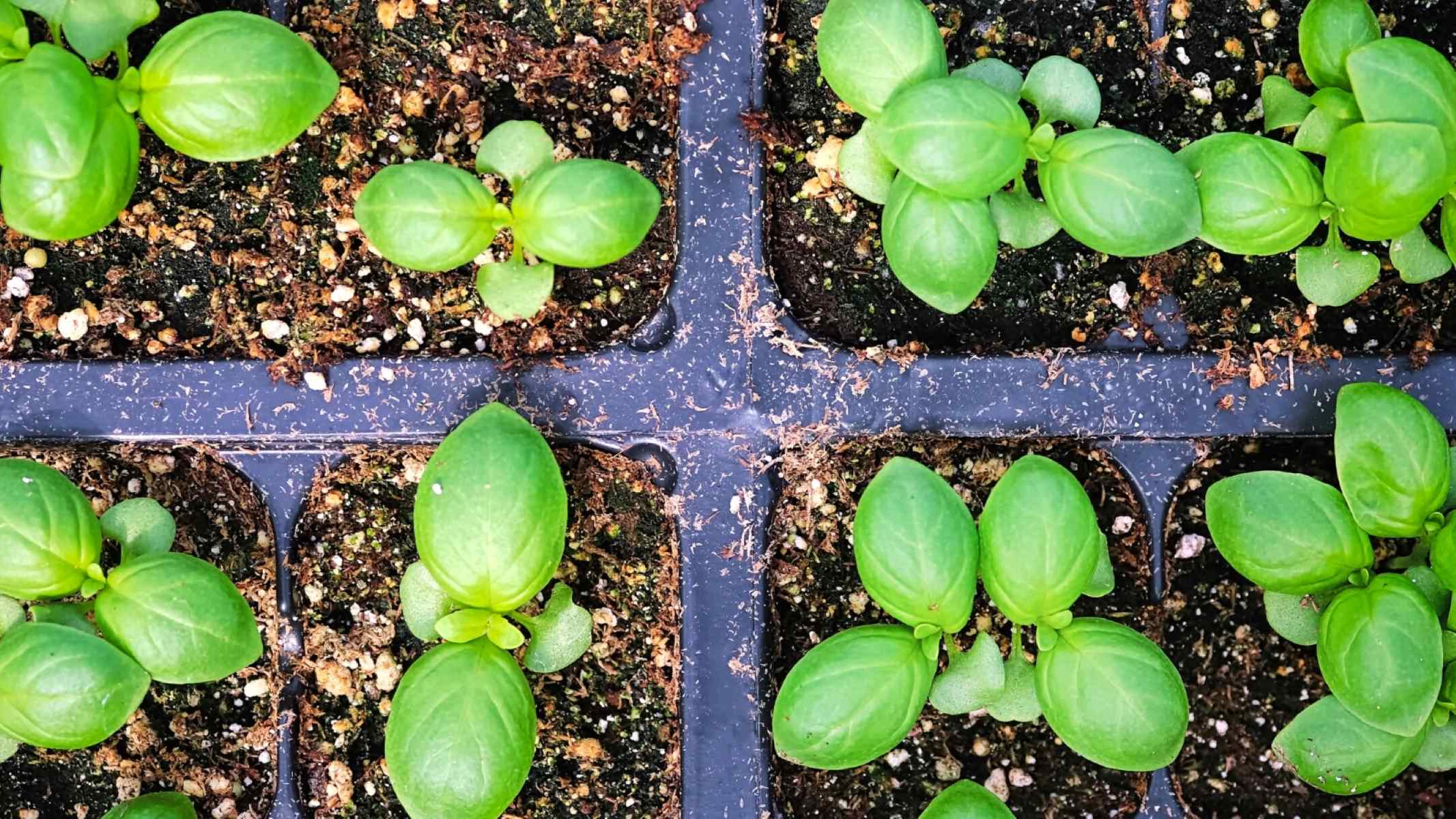
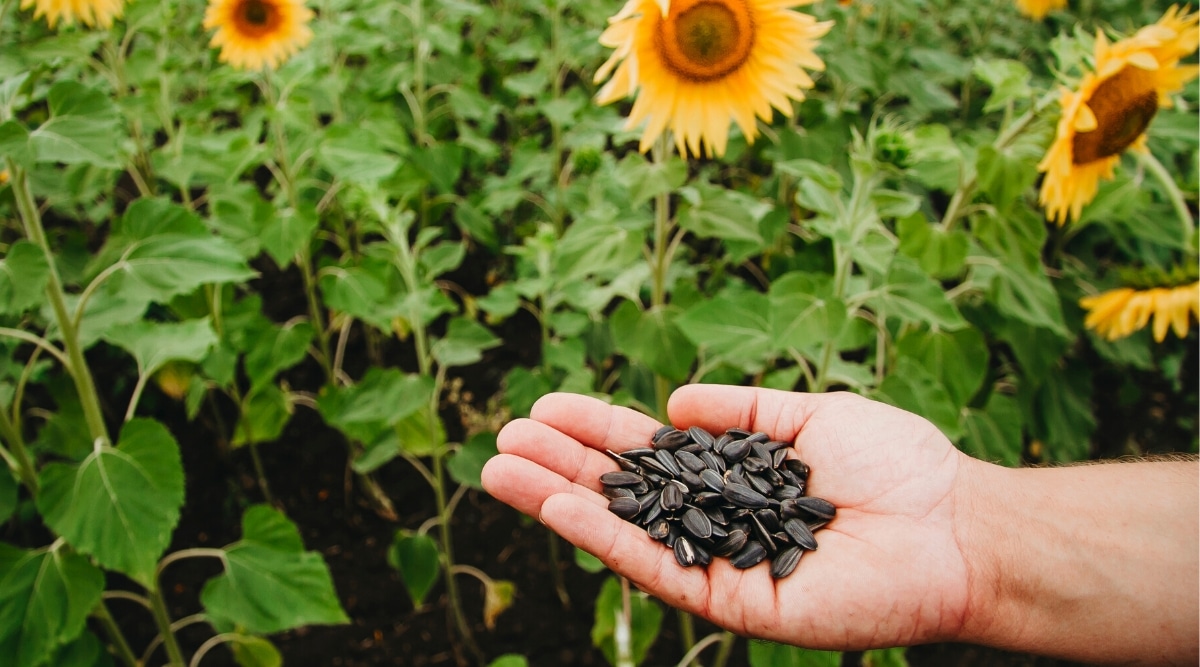

0 thoughts on “When To Sow Impatiens Seeds”